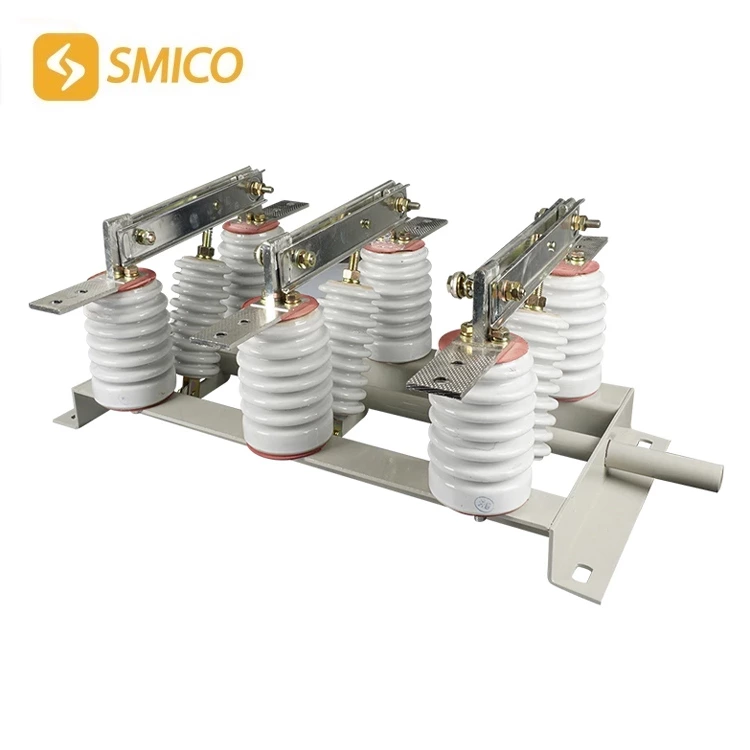What Are The Common Defects Of High-voltage Disconnectors?
2.high voltage isolator Failure of the operating mechanism
The failure of high voltage isolator switch operating mechanism is that the rotating part of the mechanism is stuck and the connector is exposed. During operation, rainwater flows into the rotating part of the mechanism along the keyway of the connector. After a long time, the rotating part of the hv isolator is seriously rusted, which makes the opening and closing inflexible during operation, and even causes the opening and closing to be inadequate; the second is the control circuit failure of the electric operating mechanism, such as the motor travel switch, auxiliary switch, and relay damage.
3.hv isolator switch Poor contact of the conductive part
Now, due to the improvement of system power supply reliability and the weakening of supply and demand contradictions, the number of operations of high voltage electrical isolator has been greatly reduced, so there are few problems of poor contact of isolator high voltage caused by mechanical wear and electrical burning of moving and static contacts. From the perspective of infrared temperature measurement and overheating treatment, the main reason for the poor contact of the pilot control is that the spring is corroded, thinned, and deformed, resulting in a decrease in elasticity; the difficulty in operating the mechanism causes the position of opening and closing to be misplaced and insufficient insertion; the screws of the terminal board are rusted for a long time, the contact pressure decreases, and the cleaning is not timely.

